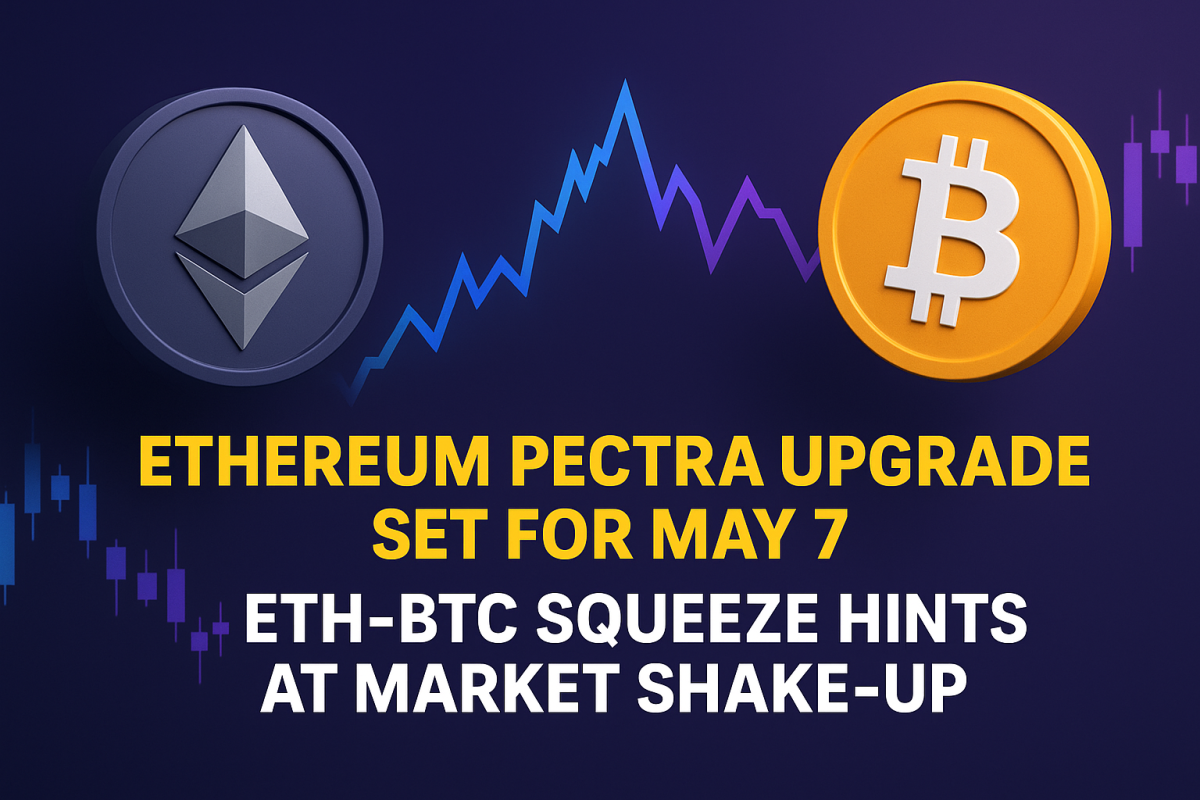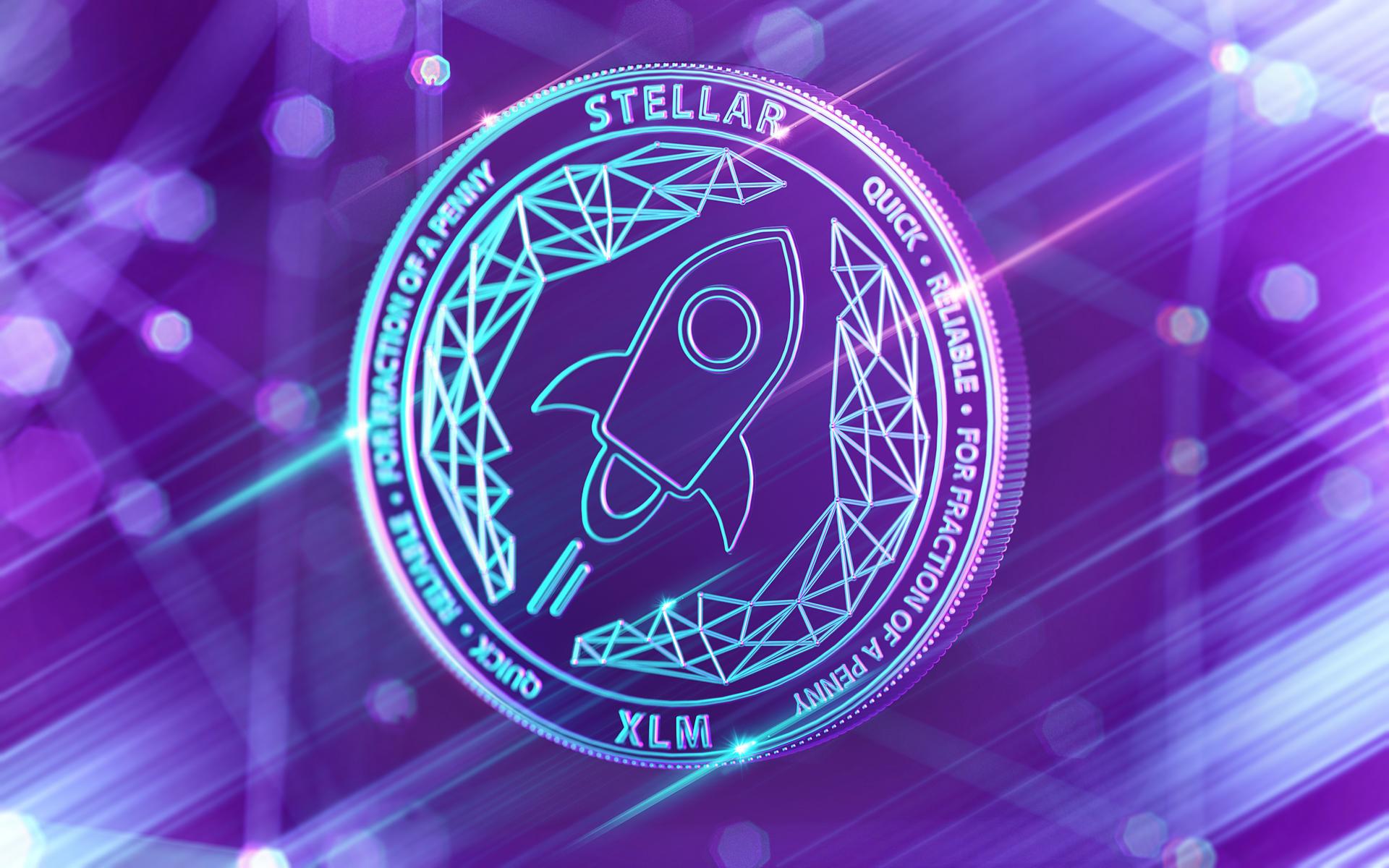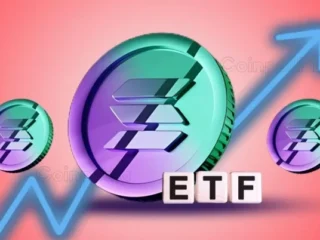Today is the day of the PECTRA HARD FORK for Ethereum – and for ETH there is a lot at stake for ETH

- The first 12 minutes of the PECTRA upgrade are crucial for the stability of the network and the performance of the validator.
- The complex client system from Ethereum requires perfect coordination of 25 possible configurations.
The eagerly awaited Pectra Hard Fork from Ethereum comes today. The upgrade marks an important Ethereum development step and is intended to bring more scalability and security, fewer transaction costs and the introduction of smart accounts.
The success of the Hard Fork will determine the development of Ethereum in the coming years. The PECTRA use also tests the resistance of the network after earlier test network complications have made the technical complexity of Ethereum clear.
The first few minutes decide the network stability
The first 12 minutes after the PECTRA upgrade are considered the most critical. This time window that includes 64 Validator slots decides whether the validators can successfully propose and attest new blocks without interruption. According to Nixo, a member of the Ethereum Foundation Protocol Support, this short time window lets the developers keep their breath because mistakes or missing blocks can occur.
Mallesh Pai, Senior Director at Consensys, referred to the risks but also to the decades of Ethereum without a Leveness error. In previous upgrades, including Shanghai in 2023 and Altair in 2021, problems arose during similar transition windows that ranged from delays in completion and missing blocks.
Despite extensive tests, Pectra met with considerable hurdles in the test nets. At Holesky, an error delayed the completion by two weeks. At Sepolia there were problems with the execution client due to configuration errors. These incidents meant that a third test network was set up to fix the remaining problems. The complexity of the Ethereum ecosystem-five consensus clients and five execution clients-leads to 25 combinations that have to work without errors. Pai warned that a single error could endanger the entire system.
Long-fresh upgrade strategy
Pectra has been in development for over 18 months and claims resources and energy from the developer community. Nixo admitted that the core teams are tired and that many “are simply tired of working on something for a year or a year and a half.. ” In order to counteract this, Ethereum plans to carry out smaller, more frequent upgrades.
Despite these challenges, Ethereum developers continue to focus on long-term protocol improvements. The upcoming Fusaka upgrade will build on the foundation of PECTRA and aim to further improve Ethereum’s performance and security. Ethereum is dependent on stable and secure upgrades with more than $ 123 billion of stable coins and 57 % of the tokenized assets of the real world that are secured on the blockchain. Pai emphasized the importance of trust:
“We appreciate people’s trust and will not gamble it.”






No Comments